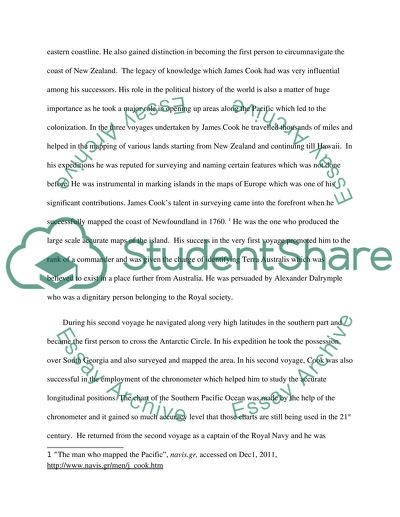Cite this document
(“James Cook's Voyage to Australia and The Subsequent British Research Paper”, n.d.)
Retrieved from https://studentshare.org/history/1393492-james-cook-s-voyage-to-australia-and-the
Retrieved from https://studentshare.org/history/1393492-james-cook-s-voyage-to-australia-and-the
(James Cook'S Voyage to Australia and The Subsequent British Research Paper)
https://studentshare.org/history/1393492-james-cook-s-voyage-to-australia-and-the.
https://studentshare.org/history/1393492-james-cook-s-voyage-to-australia-and-the.
“James Cook'S Voyage to Australia and The Subsequent British Research Paper”, n.d. https://studentshare.org/history/1393492-james-cook-s-voyage-to-australia-and-the.


